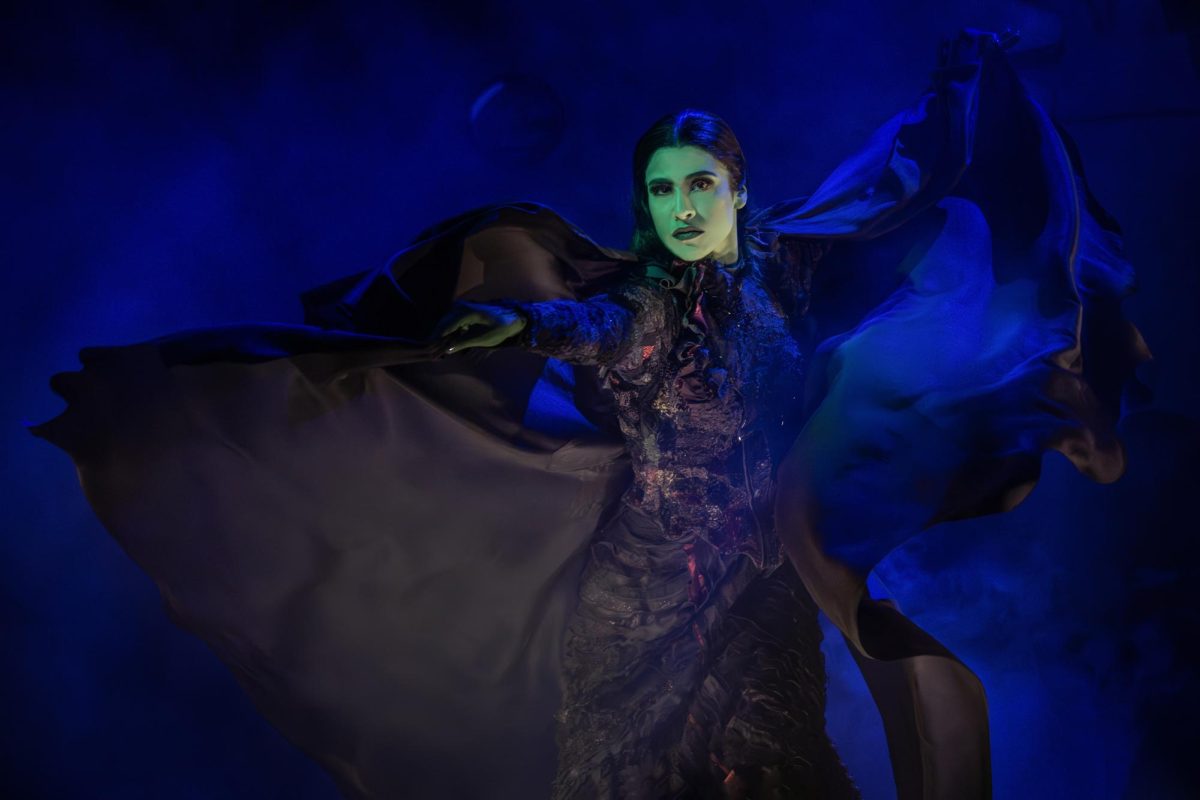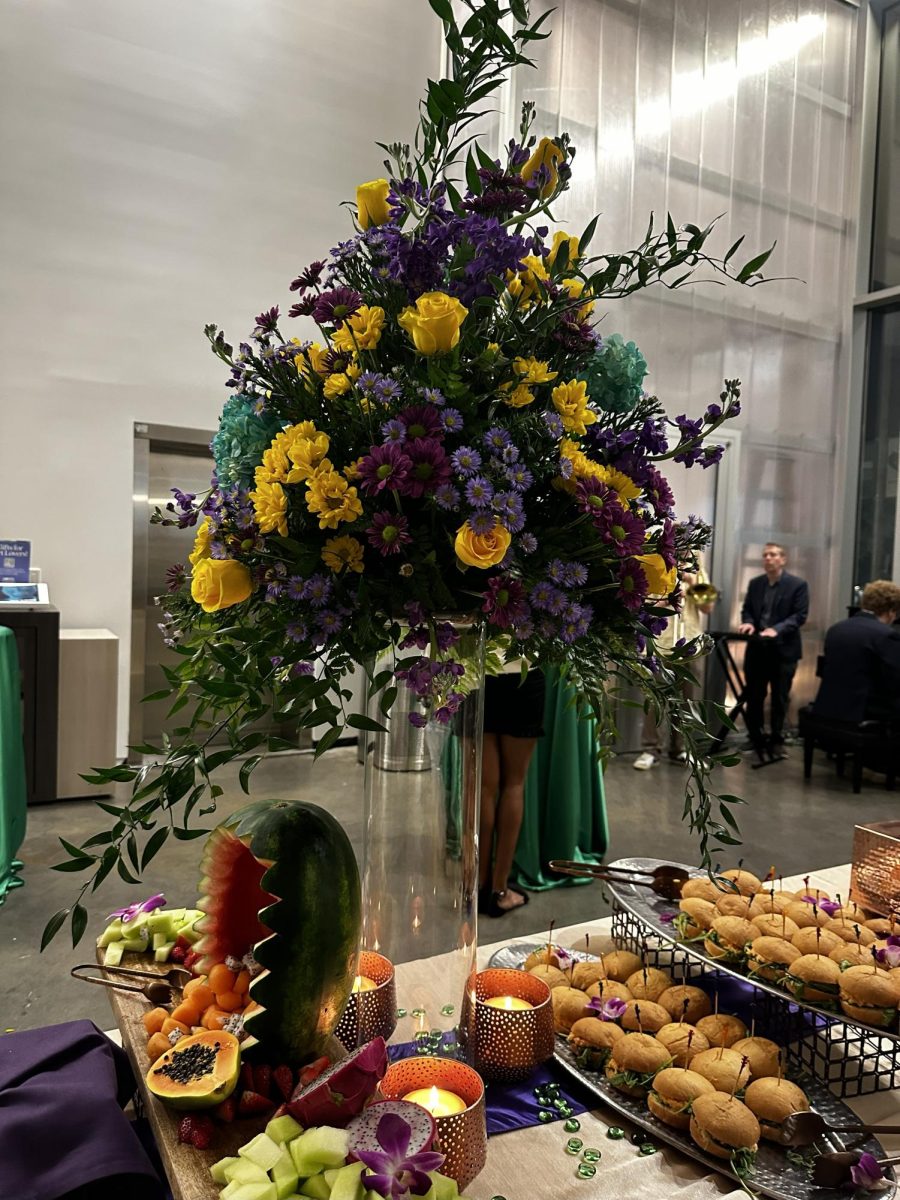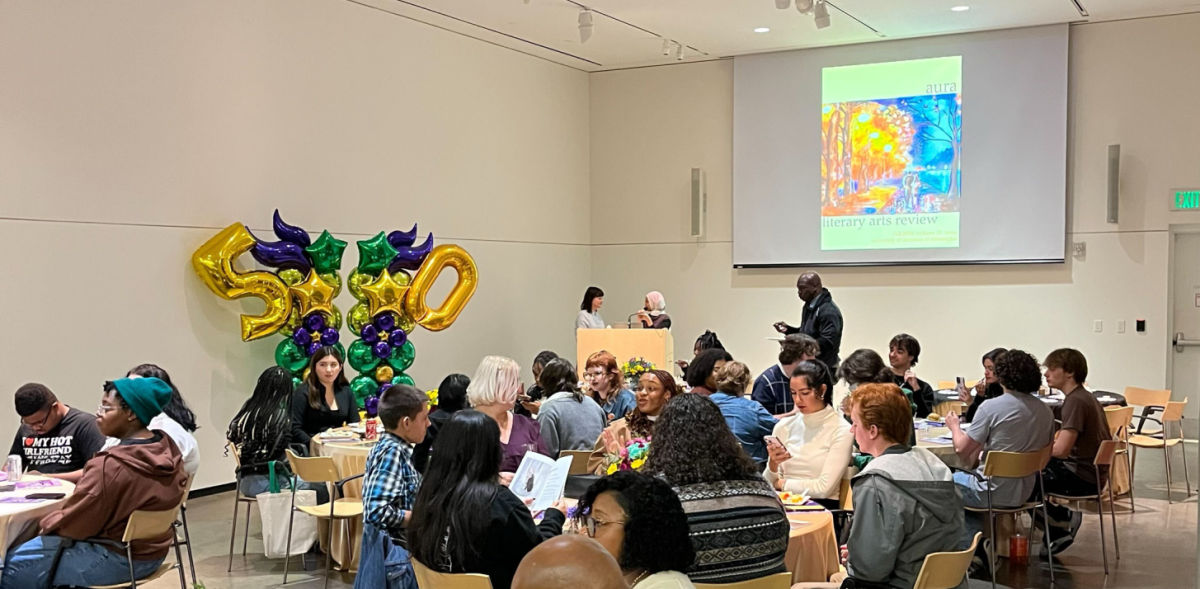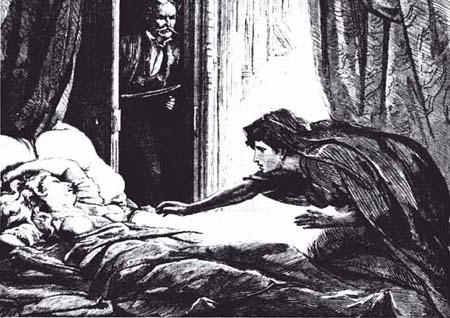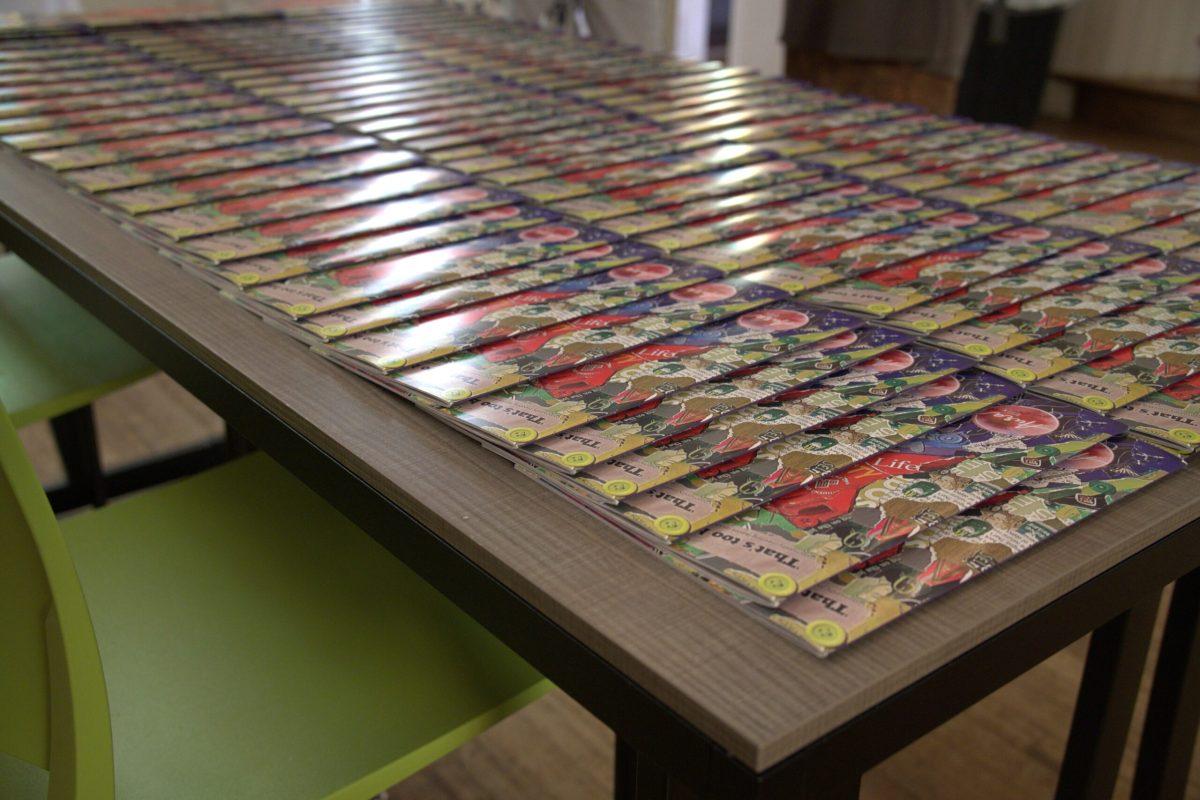October might be long gone, but we still can—and should—make space for the creepy, the scary and the weird. My favorite part of the creepy-scary-weird canon is by far the vampire, and anyone who knows me can observe this in the way I dress, talk and conduct myself in general.
Vampires are hardly underrated or slept-on, but certain pieces of the vampire tradition deserve a little more love. The first literary vampire that comes to most people’s minds is Dracula, but more than twenty years before readers met Dracula, there was Carmilla.
“Carmilla” by J. Sheridan Le Fanu is a novella that was first published in serial format from 1871 to 1872 in a magazine called “The Dark Blue”. It follows a girl named Laura as she meets and forms a relationship with a girl who is suddenly left in the care of her family by a strange woman.
From early on, it is clear that there’s more to Carmilla than meets the eye. Carmilla regularly disappears in the middle of the night, and Laura starts having disturbing dreams. Carmilla acts erratically, sometimes sitting in languid apathy, sometimes treating Laura with the “ardor of a lover” (queer romance was not often publicly spoken of at the time, but here it was justified with the idea that, since she was a vampire, Carmilla wasn’t actually a girl). Eventually, though, Laura falls ill, and Carmilla’s secrets come to light.

Since most modern readers are familiar with the vampiric literary tradition, it’s fairly clear what’s going on early in “Carmilla”, but the novella is still full of drama, mystery and suspense. While stories of vampires are common in popular media today, readers of “Carmilla” in 1872 probably had a wildly different experience reading this story. Unless one was already familiar with the legends about vampirism, Carmilla’s strange behaviors must have been very difficult to work out, building up to a truly spectacular ending.
“Carmilla” is, above all, a fun read. It has all of the best aspects of gothic fiction: an old, beautiful, isolated castle, characters who undergo unexplainable, fantastic experiences and an atmosphere that grows ever more off-putting and mysterious. It’s also short—you can read it in one or two sittings, and the language is fairly digestible. You can easily find an inexpensive used or digital copy. If you’re missing Halloween, want to read something short and engaging or are just looking for a dose of the macabre, “Carmilla” is the book for you.












